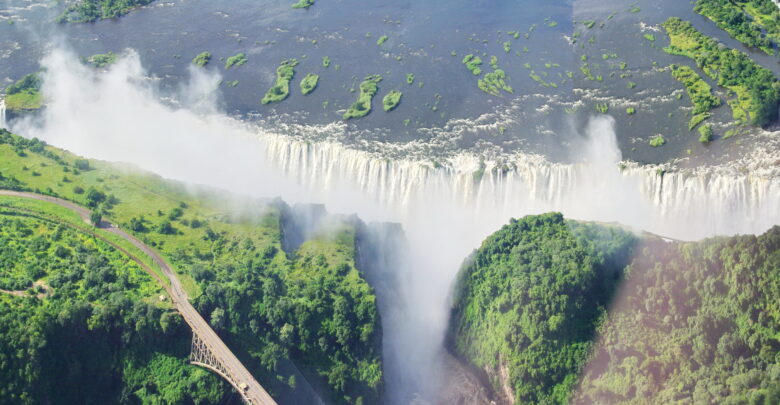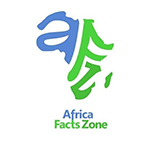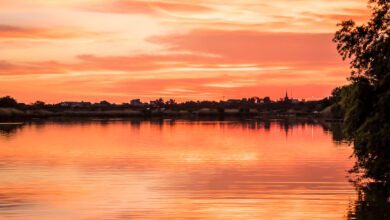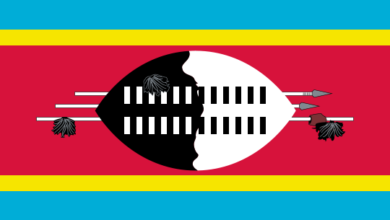Where is Victoria Falls in Africa, the World’s Largest Waterfall?

Introduction:
Victoria Falls, one of the most awe-inspiring natural wonders on Earth, is the largest waterfall in the world based on its combined width and height.
This massive cascade, located on the border between Zimbabwe and Zambia, attracts millions of visitors each year. Known locally as “Mosi-oa-Tunya” or “The Smoke That Thunders,” Victoria Falls is not just a breathtaking sight but also a UNESCO World Heritage Site with rich biodiversity and cultural significance.
Table of Contents
- Introduction to Victoria Falls – The World’s Largest Waterfall
- Where is Victoria Falls Located in Africa?
- A Closer Look at the Geography of Victoria Falls
- The Zambezi River
- The Border Between Zambia and Zimbabwe
- Why is Victoria Falls Called the World’s Largest Waterfall?
- Measuring the Magnitude of Victoria Falls
- Comparing Victoria Falls to Other Major Waterfalls
- How to Visit Victoria Falls – Travel Tips and Attractions
- The Best Time to Visit Victoria Falls
- Top Viewing Spots for Victoria Falls
- Wildlife and Biodiversity at Victoria Falls
- Cultural and Historical Significance of Victoria Falls
- Conclusion: Why Victoria Falls is a Must-Visit Natural Wonder
- References
Introduction to Victoria Falls – The World’s Largest Waterfall
Victoria Falls stands as a symbol of Africa’s natural beauty, drawing millions of tourists every year. Situated in southern Africa, the waterfall is formed by the Zambezi River, which plunges into a gorge over 300 feet deep.
This natural marvel is renowned for its impressive size, roaring sounds, and the mist that rises to form a perpetual “rainbow.”
Where is Victoria Falls Located in Africa?
Victoria Falls is located on the Zambezi River, which flows between the countries of Zimbabwe and Zambia in southern Africa.
This stunning waterfall sits between the towns of Livingstone in Zambia and Victoria Falls in Zimbabwe, both of which provide convenient access points for travellers.
A Closer Look at the Geography of Victoria Falls
The Zambezi River
The Zambezi River is Africa’s fourth-longest river and the source of the falls’ immense power. Stretching 2,700 kilometres (1,678 miles) from Zambia through Angola, Namibia, Botswana, and Zimbabwe, the river ultimately reaches the Indian Ocean.
The Border Between Zambia and Zimbabwe
Victoria Falls uniquely straddles the Zambia-Zimbabwe border. This location allows visitors from both countries to witness the spectacle, with breathtaking views available from both sides.
The Zambian side offers more intimate views of the falls, while the Zimbabwean side provides panoramic vistas of the cascading water.
Why is Victoria Falls Called the World’s Largest Waterfall?
Measuring the Magnitude of Victoria Falls
Victoria Falls is known as the largest waterfall in the world when measured by its combined width (1,708 meters or 5,604 feet) and height (108 meters or 354 feet).
During peak flow season (February to May), the sheer volume of water creates an impressive curtain of water that spans over a mile.
Comparing Victoria Falls to Other Major Waterfalls
Although waterfalls like Niagara Falls and Iguazu Falls are also famous, none surpass Victoria Falls in terms of its combined dimensions.
Victoria Falls is one of the few waterfalls that has a year-round flow, thanks to the Zambezi River.
Also Read: Mosi-oa-Tunya (Victoria Falls) in Zambia and Zimbabwe’ A World Spectacle
How to Visit Victoria Falls – Travel Tips and Attractions
The Best Time to Visit Victoria Falls
The ideal time to visit Victoria Falls is during the dry season from June to August when the water flow is moderate, and the mist is less intense, providing better visibility.
However, visiting during the wet season (February to May) offers the full experience of the falls’ powerful flow and thunderous noise.
Top Viewing Spots for Victoria Falls
Both Zimbabwe and Zambia offer unique viewing opportunities. In Zimbabwe, the main viewpoint within Victoria Falls National Park provides sweeping views of the entire waterfall.
In Zambia, the Knife-Edge Bridge offers close-up views of the cascading water and mist.
Wildlife and Biodiversity at Victoria Falls
The Victoria Falls region is home to a wide array of wildlife, including elephants, hippos, crocodiles, and diverse bird species. The surrounding rainforest, kept lush by the constant spray from the falls, is rich in plant and animal life, making it a unique ecosystem.
Cultural and Historical Significance of Victoria Falls
Victoria Falls holds deep cultural significance for the local people and was named “Mosi-oa-Tunya,” meaning “The Smoke That Thunders.”
The falls were introduced to the wider world by Scottish explorer David Livingstone in 1855. He named it after Queen Victoria. Today, it remains a symbol of African heritage and a major tourist attraction, contributing to the local economies of Zambia and Zimbabwe.
Conclusion: Why Victoria Falls is a Must-Visit Natural Wonder
Victoria Falls is a testament to the raw power and beauty of nature. Its size, thunderous noise, and mesmerizing mist make it an unforgettable destination for travellers.
With scenic viewpoints, abundant wildlife, and cultural richness, Victoria Falls is a must-visit landmark in Africa, deserving of its status as one of the Seven Natural Wonders of the World.
References:
- UNESCO World Heritage Site – Victoria Falls
- Zambezi River Facts
- Official Zimbabwe Tourism – Victoria Falls
- Zambia Tourism – Victoria Falls





